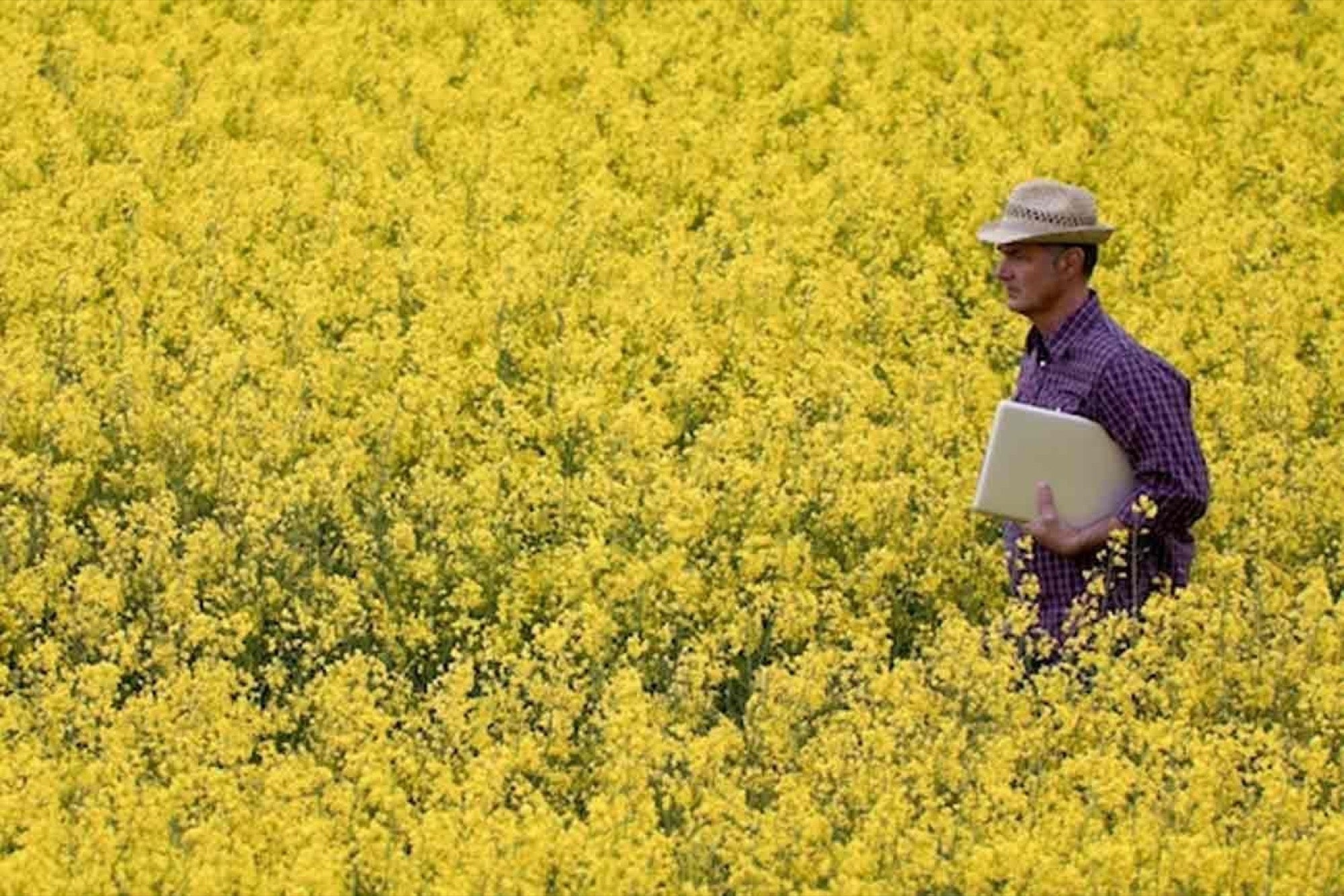Top 4 things Farmpreneurs Need to Know About Aquaculture It takes 7 kgs of feed to produce 1 kg of beef, on the other hand, it takes only about 1.1 kgs of feed to produce 1 kg of fish meat
By Rajamanohar •
Opinions expressed by Entrepreneur contributors are their own.
You're reading Entrepreneur India, an international franchise of Entrepreneur Media.

Many of us would be surprised to know that India is the largest exporter of seafood in the world. India exported INR 45,106 crore worth seafood during the financial year 2017-18 of which 70per cent comes from the aquaculture industry, and it is growing double-digit every year.
Aquaculture is popularly known as fish farming or shrimp farming in India. It is the practice of cultivating fish, shrimp, crab, aquatic plants, algae, under controlled conditions in marine and freshwater environments.
Over the last three decades, the Indian aquaculture industry has emerged as a flourishing commercial activity from the level of traditional backyard activity. While aquaculture has seen incredible growth, it is also the industry that has often been overlooked by entrepreneurs and investors. Currently, there is a growing interest for farming among urban high net-worth individuals (HNIs) including IT professionals, for farming. Along with other options in the platter, if they are to consider and take up aquaculture as a business, they are surely set to reap great personal and financial benefits.
1. Growing demand for fish food
The world's human consumption of fish has grown from 130 million tons in 2011 to 151 million tonnes in 2016. More seafood is consumed globally on a per capita basis than any other type of meat or animal protein for its excellent nutritional profile.
With rising levels of sea pollution and fish population being endangered to an extent of extinction of some species, the governments across the world have restricted the amount of wild catch from oceans. It is projected that any significant amount of additional fish production globally will come only from aquaculture. This leaves farmpreneurs with the great opportunity for large-scale sustainable seafood production through aquaculture. Currently, over half of India's fish harvest comes from aquaculture and is estimated to grow up to 2/3rd of the total produce by 2030 according to projections by Food and Agriculture Organization (FAO) of the United Nations.
2. Fish farming is greener than livestock
Fish are seven times more efficient at converting feed than cattle, meaning that fish farming is considerably more economical than live-stock. For example, it takes 7 kgs of feed to produce 1 kg of beef. On the other hand, it takes only about 1.1 kgs of feed to produce 1 kg of fish meat. Thus this practice of fish farming has a very little negative environmental impact with less carbon footprint. Also, greenhouse emission is much lower compared to animal husbandry. Thus Aquaculture is gaining paramount importance in supplying the world with adequate high-quality protein using sustainable farming practices.
3. Aquaculture is technology-enabled, not risky anymore
Aquaculture, despite being a successful and profitable commercial activity, it also involves risk of crop loss due to diseases, parasites, oxygen depletion, winter kill, and more.
But unlike ever before, aquaculture practices are energized with technological and innovative solutions that are powered by real meaningful data and intelligent algorithms. Harnessing the power of AI (Artificial Intelligence), few technology companies have come up with predictive analytics that is used for enhanced data-driven decision making. Using these analytics, producers could improve the efficiency of operations, analyze mortalities, monitor health status and a variety of key environmental parameters.
With the introduction of AI in the industry, fish farming only looks more predictable, more traceable and more profitable.
Furthermore, Indian Government institutions like Central Institute of Brackishwater Aquaculture (CIBA), Central Institute of Freshwater Aquaculture(CIFA), The Marine Products Exports Development Authority (MPEDA) facilitate potential producers with first-hand training and provide support services range from creating a business plan to marketing the final harvested produce.
4. Creating livelihood opportunities in coastal and rural India
While the aquaculture industry produces fish and shrimp at a large-scale contributing to food security and economic benefits, it also creates livelihood support and gainful long-term employment to more than a million people in the rural and coastal India. According to the Central Institute of Freshwater Aquaculture, a small farmer can earn more than a lakh/year per acre, by breeding fish. Commercial Shrimp farming has proven to be an excellent source of foreign exchange for India with the export of frozen farmed shrimp products.
The Indian aquaculture industry is backed by a matured eco-system that assures the supply of quality seed(Fingerlings), the availability of other critical inputs like formulated feed, easily accessible fish veterinarians and upcoming aquaculture technology entrepreneurs.
The robust ecosystem, export market opportunities, increased technology interventions are providing a major opportunity for farmpreneurs to take up aquaculture as a viable commercial farming activity.












